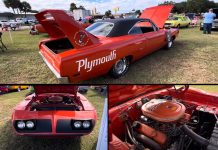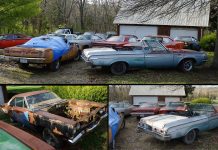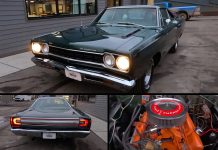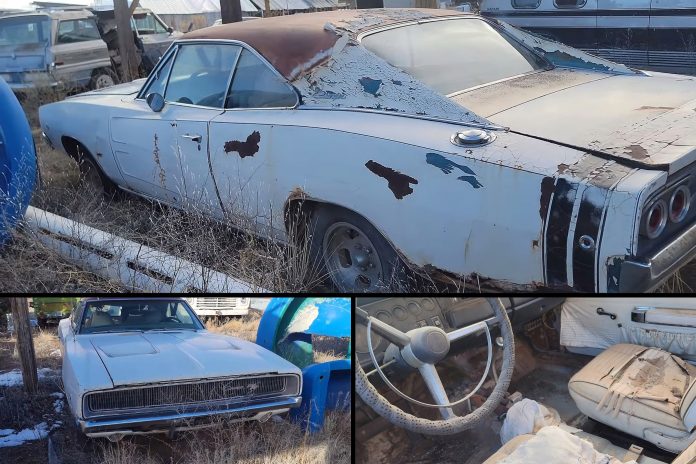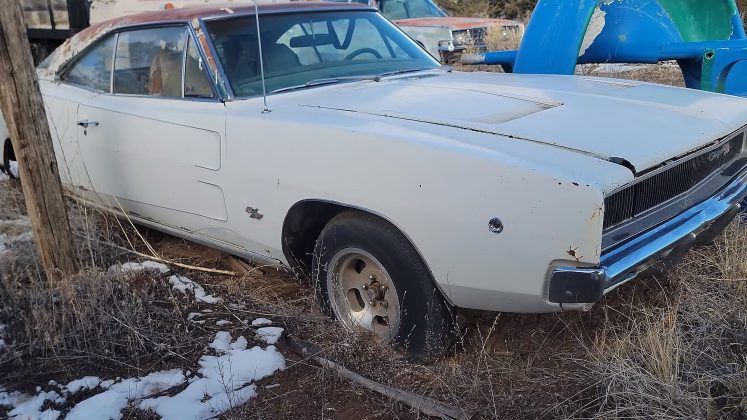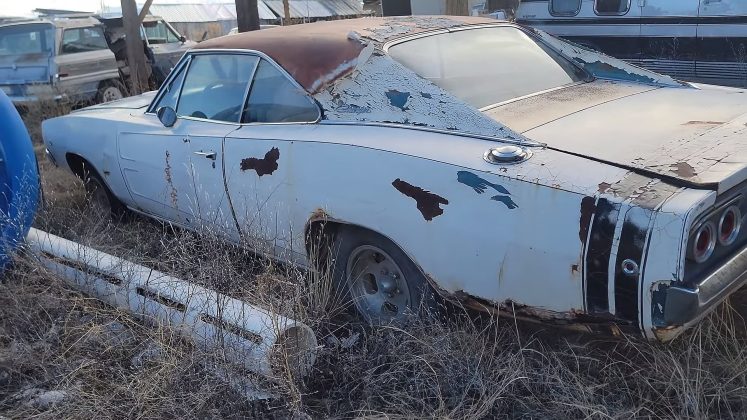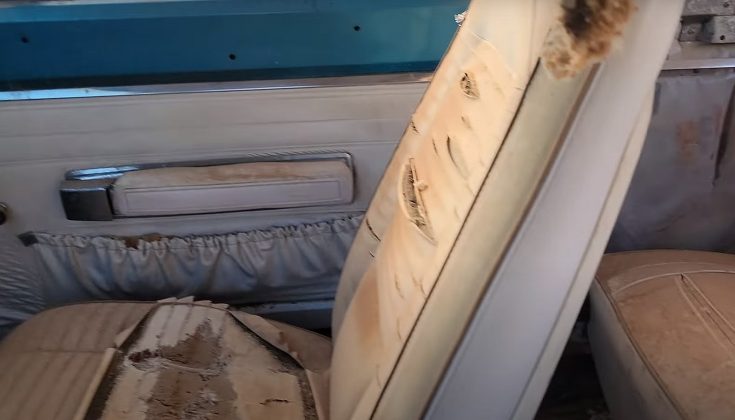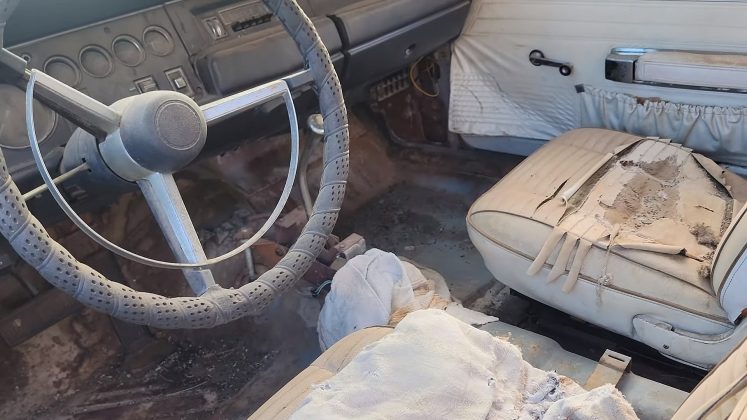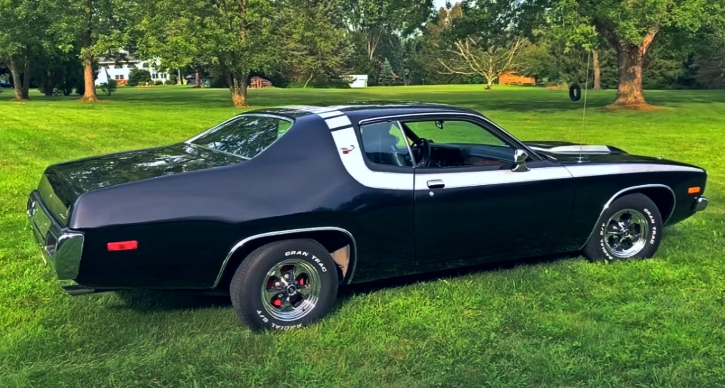In 1965, Dodge breathed new life into its lineup with the reintroduction of the Coronet as a midsize car. This move laid the foundation for the emergence of two high-performance siblings. The iconic Charger made its debut in 1966, positioned as a premium offering. By 1968, it had transformed into a full-fledged muscle car. In the same year, Dodge also unveiled the Super Bee, designed as an entry-level performance vehicle.

Sales Dynamics: Charger vs. Super Bee
Despite its attractive price tag, the Super Bee struggled in its inaugural (and shortened) model year, managing to sell only 7,842 units. In stark contrast, the redesigned Charger experienced a meteoric rise in popularity, with sales skyrocketing from 15,788 cars in 1967 to an impressive 96,100 units in 1968.

While the 1968 Charger stands out as a more common classic compared to the Super Bee, nuances in its versions reveal varying levels of scarcity. The R/T variant, with a high-performance package featured in approximately 17,000 units, adds a layer of rarity. The HEMI version, with only 475 produced, takes the title of the rarest. Another notable edition, the Charger 440, boasted thousands of units with the powerful 375-horsepower Magnum V8 engine.
Unveiling a Derelict Charger in New Mexico
Located in New Mexico, the uncovered relic is a 1968 Charger, specifically an R/T model. Unfortunately, its condition is far from pristine, exhibiting severe damage to the rear end and weather-related deterioration. Although the exact duration of its outdoor stay is unknown, the license plate suggests it may have endured the elements since 1972—a staggering 52 years by 2024.


Thankfully, our host captured crucial identifiers—the fender tag and VIN plate—on camera. The evidence affirms the Charger’s 440 status, born with a four-barrel 440-cubic-inch (7.2-liter) RB engine. While the numbers-matching status of the Magnum under the hood remains uncertain, the initial configuration is supported by the “83” on the fender tag and the “L” in the VIN. The automatic transmission aligns with the prevailing choices of the time.

The pivotal question arises: is this weathered Charger R/T worth rescuing? Perspectives on this quandary diverge. A full restoration to factory specifications looms as a formidable and costly endeavor. The body exhibits extensive rust, particularly on the lower panels, with the vinyl virtually vanished. The original white paint peeling away reveals a factory color—B5 Blue, a desirable choice from the Mopar era.
Assessing the Interior and Engine
Internally, the challenges persist. The seats are in rough condition, the carpet is absent, yet the floor and dashboard remain intact. While the engine may require a substantial refresh, the robust nature of these 440 units suggests a potential revival without a complete rebuild.

In conclusion, while restoring this Charger R/T may not yield a profitable venture given its current market value, the historical significance of a 1968 R/T—one of the era’s hottest muscle cars—demands consideration. A second chance for this automotive relic, despite its dilapidated state, remains a sentiment echoed by enthusiasts. Whether it receives the restoration it deserves hinges on time and the dedication of a willing enthusiast.
# FAQs
## FAQ 1: What distinguishes the Charger R/T from other models?
The Charger R/T stands out for its high-performance package, making it rarer than standard Charger models. Approximately 17,000 units were equipped with this package.
## FAQ 2: How rare is the HEMI version of the 1968 Charger?
The HEMI version is exceptionally rare, with only 475 units produced, adding to its desirability among collectors.
## FAQ 3: What challenges does the discovered Charger R/T face?
The Charger R/T, found in New Mexico, faces extensive body rust, a crumpled rear end, and weather-related damage. Its interior requires significant restoration, and the engine may need a refresh to be operational.
## FAQ 4: Is restoring the Charger R/T financially viable?
Restoring the Charger R/T to factory specifications is likely to be a costly undertaking, potentially surpassing its current market value. However, its historical significance and iconic status make it a candidate for restoration among enthusiasts.



